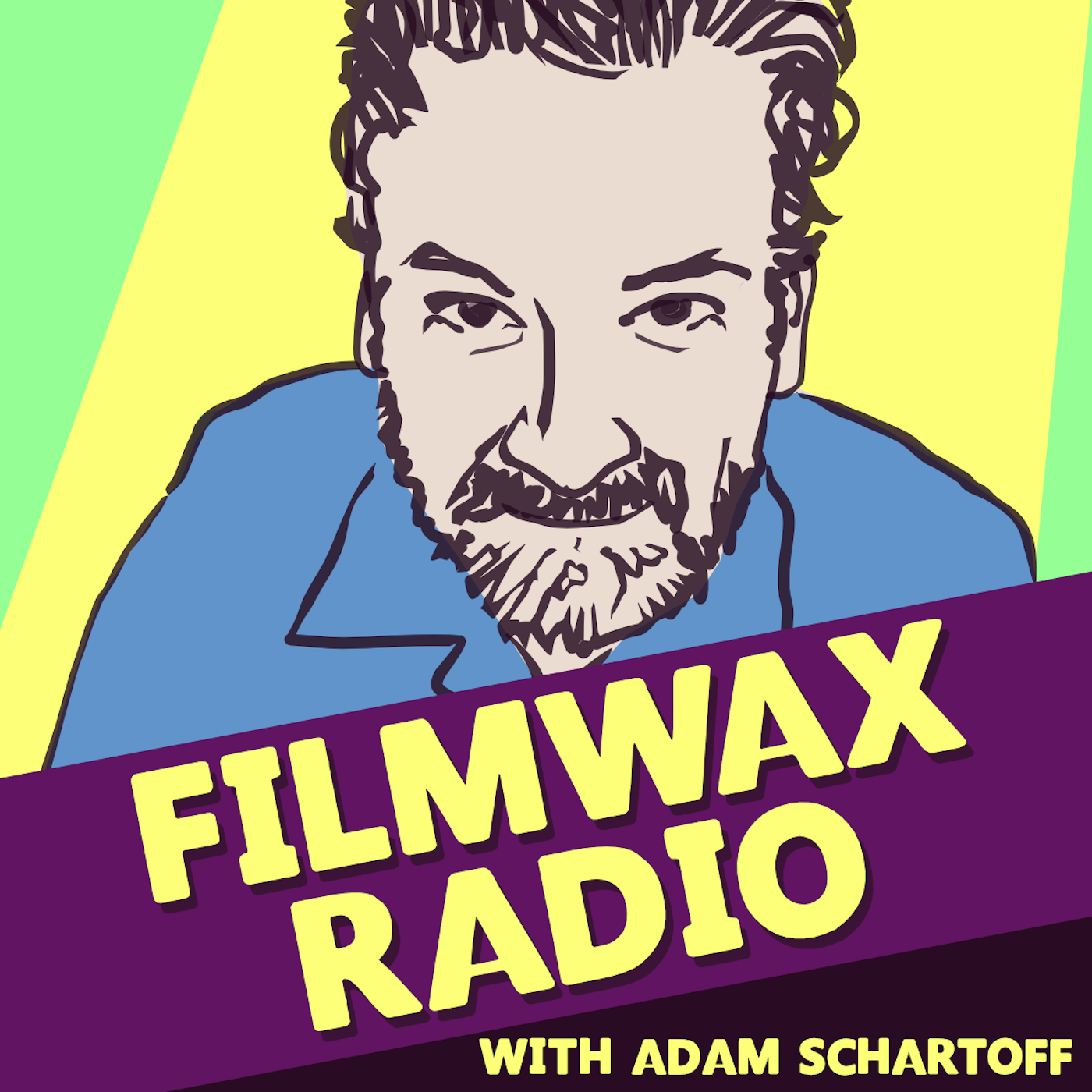 On Demand Weekly: How did you get started in film?Matt Dentler: I went to film school in Austin, Texas at UT. I took every possible film job you could imagine; from working on sets to volunteering at festivals and film organizations, to working at a video store. Some time after that, an internship during my freshman year at SXSW blossomed into a full-time job and then eventually into my role as the producer of that festival. I started film school thinking I would become a professional filmmaker but I soon realized that my true passion was on the business side.
On Demand Weekly: How did you get started in film?Matt Dentler: I went to film school in Austin, Texas at UT. I took every possible film job you could imagine; from working on sets to volunteering at festivals and film organizations, to working at a video store. Some time after that, an internship during my freshman year at SXSW blossomed into a full-time job and then eventually into my role as the producer of that festival. I started film school thinking I would become a professional filmmaker but I soon realized that my true passion was on the business side.
ODW: What persuaded you to leave a prominent film festival like SXSW to join FilmBuff?
MD: When I started at SXSW in 2000 it was a different kind of film festival. By 2008 I felt at a place where I could feel proud of what I accomplished as the guy running the day-to-day operations. I was looking down the barrel of my 30s and felt like it was time for a change. Luckily, I got the call from [John] Sloss around the same time and it was a very natural fit. I’m really proud of all I did while I was at SXSW and I knew that it needed to mature under a different set of eyes because I would have become really lazy after a few more years.
ODW: There’s a trend of films premiering simultaneously at film festivals [SXSW, Sundance, Tribeca, etc.] and on VOD. Any proof that it has helped the views on VOD for films fans who can’t attend the festivals?
MD: My opinion of this strategy is that very few consumers are watching these films solely because they’re playing in festivals. However, this strategy allows for a great degree of promotion, publicity and merchandising which in turn creates more awareness for the films. You should be very selective in picking the right film and the right festival, but when it makes sense, it’s a great model.
ODW: How has the business of VOD evolved in the past year or so?
MD: You’re seeing more art house players getting into the day-and-date world of VOD. It used to be just IFC and Magnolia; now you not only have companies like ours but also more traditional distributors like Oscilloscope and Roadside doing VOD launches alongside a theatrical release. At the same time this means that the field is getting crowded. But I believe that it’s healthy for the business. Also, we’re seeing VOD going head-to-head with services like Netflix and Redbox in a bigger way than ever before.
ODW: Has the business gone in any surprising directions that you didn’t anticipate?
MD: I think it’s promising that studios are starting to explore this area because that is the best way to make everyone win. Let’s face it, studio films are a big driver for things to become mainstream. We can’t be too precious about which films are collapsing windows. I didn’t anticipate this many companies experimenting with the medium but I guess that’s a testament to its viability as a great distribution option.
ODW: Do you find that VOD has been embraced? Are filmmakers still leery of VOD?
MD: Yes and no. Filmmakers accept and embrace VOD more than ever before but, frankly, it’s still a young model and relatively new compared to theatrical and DVD. So, there’s still a lot of education to go. A big thing we all have to understand is the difference between what those of us in this industry consider common knowledge, and what our consumers know.
For example, the term “VOD” is not really a consumer term, so we have to be careful when and how we use it. Most consumers think of this space as “on-demand” or “movies on demand,” and we should advertise to them as such. Same goes for “day-and-date,” which is a fairly inside term for industry folks. “Same Day as..” is the better alternative for consumers.
ODW: What do you think is FilmBuff’s greatest obstacle?
MD: Probably the biggest misconception about VOD is that it’s not as prestigious as theatrical or even DVD distribution. I feel that’s a very old-fashioned point of view, and filmmakers should realize that not all films should be released the same way. Tied to that is the other big obstacle: convincing mainstream press that VOD is a very important avenue and one they ought to cover. More people can watch a film on their cable’s Movies On Demand channel than can see a new art house release in theaters. That’s a very powerful thing.
ODW: What are the current successful titles on the FilmBuff slate?
MD: Right now we have Ricky Gervais and Stephen Merchant’s (“The Office” [U.K.], “Extras”) great film “Cemetery Junction” up on cable operators, as well as the Oscar-nominated Israeli film, AJAMI. Both terrific films. Coming up we have Edward Burns’ new comedy, “Nice Guy Johnny”, which will launch on October 26. Prior to all this, I’d say we had some great success with Werner Herzog’s “Bad Lieutenant: Port of Call New Orleans” and Chris Smith’s “Collapse”.
ODW: Has your approach to selecting films changed in the last year or two? Is it still mostly about how to position the film?
MD: We’ve learned a lot in the last two years about what works and doesn’t work on VOD. It has a lot to do with positioning and promoting films, but it also has a lot to do with the films themselves. Just as every film does not need to be released theatrically, not all films are going to work on VOD.
ODW: Is there a Box Office equivalent for VOD to help the VOD industry and/or film fans measure a film’s success? In lieu of something like this, how does FilmBuff measure their VOD films’ success and compare themselves to competitors?
MD: Clearly we hope to generate as much revenue as possible but it’s also still early and hard to determine what is a big success vs. a modest success. In other words, we’re always pleasantly surprised when a title out-grosses the one before it but there isn’t the same “box office” mania in VOD as there is in theatrical. Not enough of the industry really cares about VOD for that information to be as readily available.
It’s not like traditional box office reporting, which is treated like front-page Monday morning news. That said, VOD grosses are similar to art house theatrical grosses; you’re very happy with high six figures but you’re even happier with seven figures.
Look for FilmBuff’s On Demand Movies under your local cable operator’s Movies On Demand lineup.
FilmBuff’s next VOD film, Ed Burns’ “Nice Guy Johnny”, is available 10/26/10.

